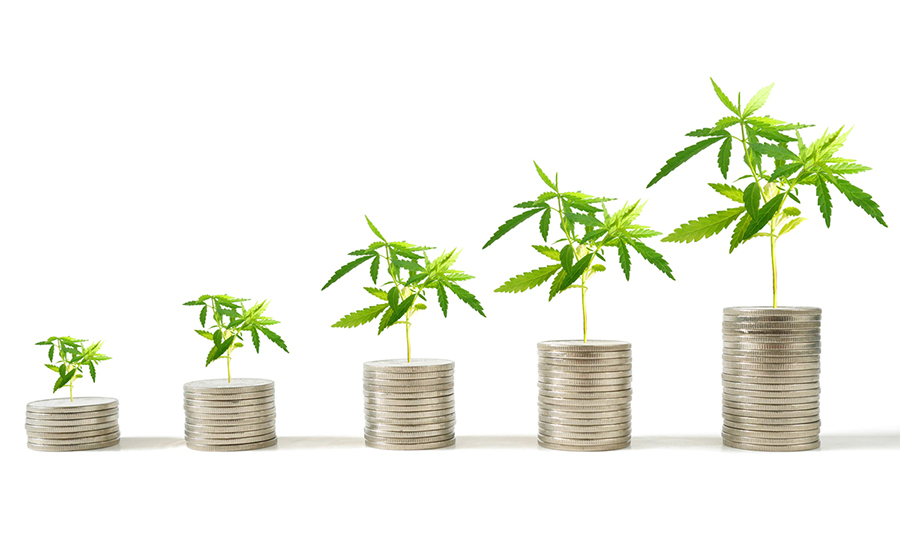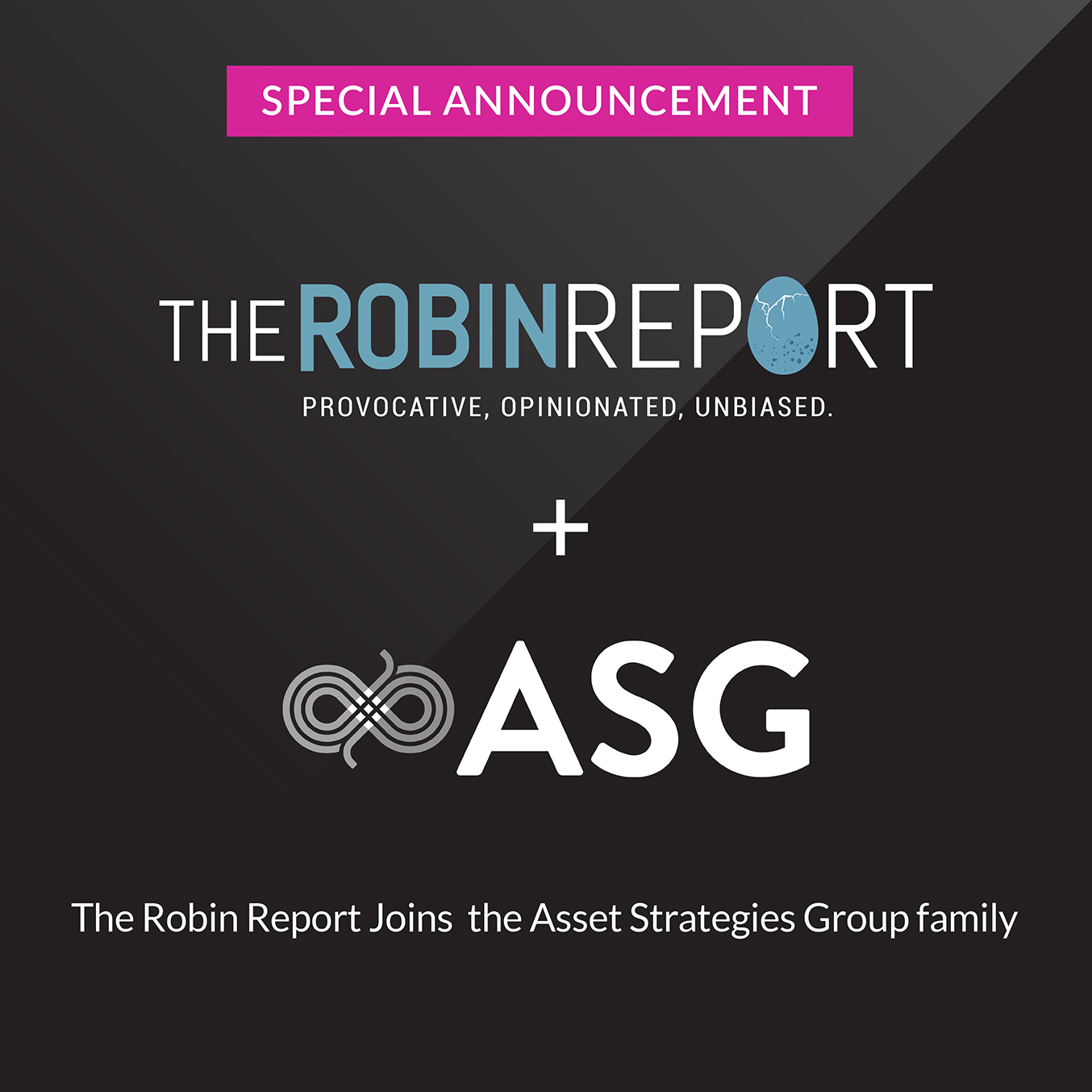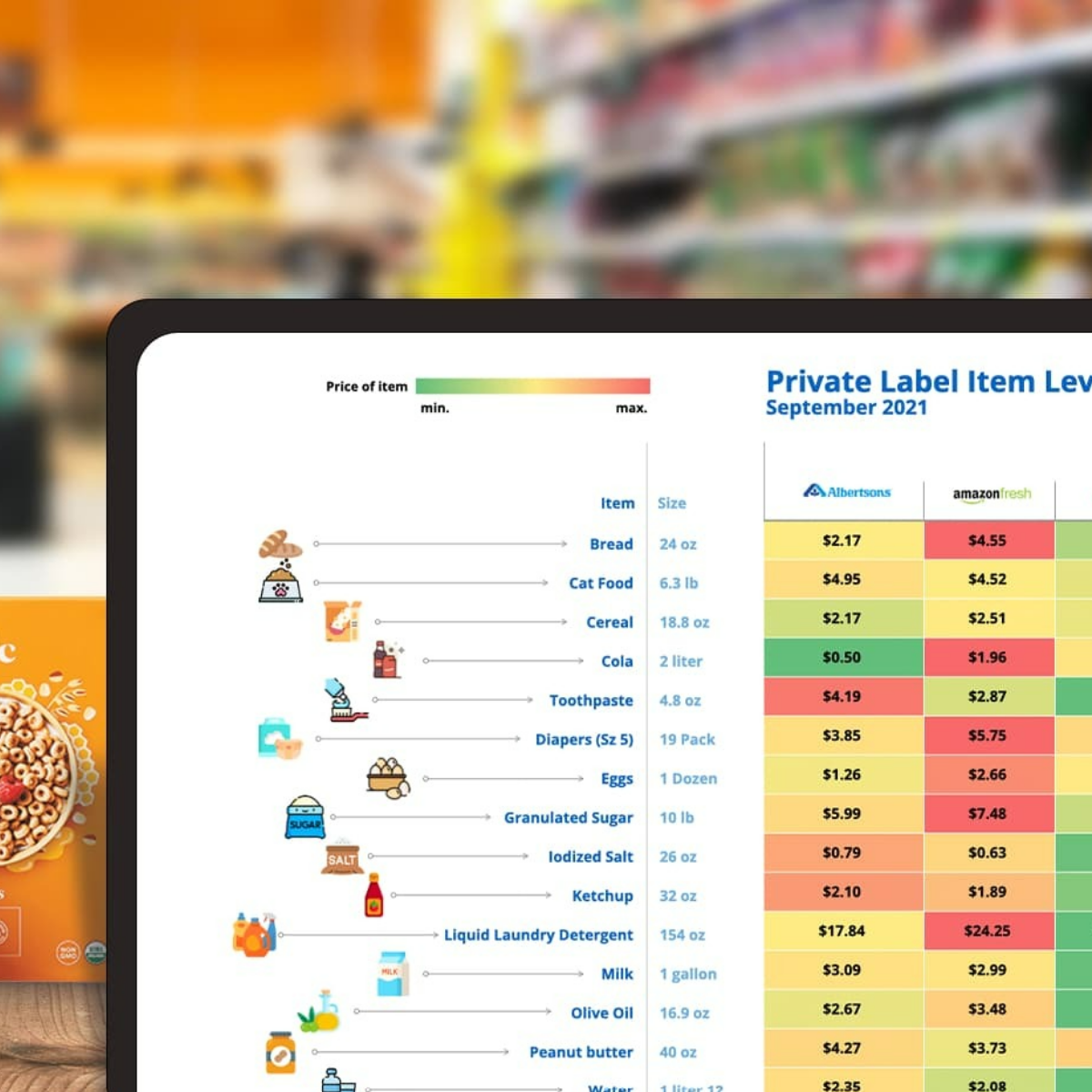The cannabis market is poised for tremendous growth. Consumer goods manufacturers need to have a point of view and strategy on how their health, beauty, and wellness product portfolios could-or couldn\’t-benefit from the addition of products containing cannabis and how they should respond to the market opportunities created by changing consumer views on legalization.
It should come as no surprise to readers of The Robin Report that North American attitudes toward cannabis are relaxing almost as quickly as the laws that regulate it, but consumer tolerance is only the first step in creating a viable retail market for cannabis and cannabis-based products.
One of the most fundamental laws of consumer goods (CPG) marketing holds that where demand exists, supply will quickly follow. In terms of the emerging cannabis market, it seems consumer interest in cannabis-infused health, beauty, and wellness products is expanding just as major CPG players are starting to take a serious look at expanding their brand portfolios.
The Cannabis Opportunity, a new study recently released by A.T. Kearney, found that four out of five U.S. and Canadian consumers believe cannabis has health and wellness benefits and three out of four are ready to test products containing legal, non-psychoactive cannabis. Not only that, but 85 percent of consumers indicated brands and retailers that introduce cannabis-infused products would enjoy an improved or neutral perception.
A.T. Kearney has also released The Next Gold Rush: Cannabis and Consumer Products, a groundbreaking white paper that provides additional analysis, background, and insights into cannabis\’ potential commercial future in the CPG world.
Before we go much further, a small botany lesson may provide a useful introduction to the products we are talking about and concerns about their legality. The first step is to understand that not all subspecies of cannabis are the same.
All Cannabinoids Are not Created Equal
The cannabis market draws on two species of Cannabis sativa L.-Cannabis sativa (more commonly known as hemp) and Cannabis indica (which most of us know as marijuana). While there are more than 110 cannabinoids-the active chemical compounds found naturally in cannabis\’ seeds, stalk, and flowers-commercial discussions focus primarily on two: cannabidiol (CBD) and delta-9-tetrahydrocannabinol (THC).
CBD is a constituent of cannabis discovered in 1940, one of the more than 110 cannabinoids found in cannabis, which account for as much as 40 percent of the plant\’s extract. CBDs are responsible for delivering many of cannabis\’ medical and therapeutic benefits and are what many CPG companies are thinking about incorporating in a broad range of packaged goods.
THC, cannabis\’ principal psychoactive constituent, is what gets users \”high.\”
Both hemp-which has had a variety of commercial uses from oil to rope for centuries-and cannabis contain the cannabinoid tetrahydrocannabinol (THC). But the THC content of hemp is so low (0.0-0.3 percent) that the plant lacks any psychoactive properties, whereas cannabis is cultivated to produce the maximum amount of THC.
Broadly speaking, there are three cannabis sub-markets: medical cannabis, consumer products in a broad variety of categories that have non-psychoactive cannabis ingredients, and recreational cannabis.
Our study of 2,000 American and Canadian consumers\’ attitudes toward cannabis products found more than half of respondents willing to try recreational cannabis when, or if, it becomes legal, and, surprisingly, three out of four consumers interested in trying products infused with the non-psychoactive cannabinoid CBD.
Prescription Usage: Medical Cannabis
Medical cannabis users currently make up the largest cohort of admitted cannabis users-roughly 75 percent of the current legal global market. Ongoing research has found cannabis to be, among other things, an effective secondary treatment for certain conditions, alleviating symptoms such as chemotherapy-induced nausea and vomiting (CINV), chronic pain, spasticity, appetite loss, and more.
Recreational Usage
Recreational cannabis users seek some level of a \”high,\” a point on the psychoactive continuum that begins with calmness and extends to euphoria. In America, sale of cannabis has only been a crime for slightly more than 80 years, dating back to 1937\’s Marihuana Tax Act which, ironically, has ended up costing the government tens of billions of potential tax dollars. With an estimated global market size of about USD$50 billion in 2020 and a CAGR of about 45 percent, there is abundant opportunity for governments to carve out their fair share of the cannabis revenue pie.
While medical cannabis has made cannabis far more socially acceptable, and many believe it will take legalization of recreational cannabis to create the scaled supply chain needed to make CBD products profitable, A.T. Kearney focused its attention on the issue that is keeping many CPG executives up at night-the future of the consumer goods market.
Thirty percent of U.S. and 33 percent of Canadian respondents to our survey said they would try therapeutic nonalcoholic beverages containing cannabis and 17 percent of Americans and 21 percent of Canadians surveyed said they would try cannabis-infused beer, wine, or spirits.
More disturbing to beer marketers, one in four consumers indicated they would try recreational cannabis in place of beer, perhaps explaining why breweries have been among the first large-scale businesses to place strategic bets on the industry.
In 2017, hoping to develop and market cannabis-infused beverages, Constellation Brands purchased a 9.9 percent stake in Canopy Growth, a multifaceted cannabis company; Constellation increased its stake in Canopy in August 2018 to 38 percent with a USD$3.88 billion investment.
Molson Coors has announced a joint venture with The Hydropothecary Corporation, giving Molson Coors a 57.5 percent controlling interest, to develop nonalcoholic, cannabis-infused beverages for the Canadian market.
Lagunitas Brewing Company has introduced Hi-Fi Hops, an IPA-inspired sparkling water infused with THC and/or CBD. Province Brands has gone farther, brewing the entire cannabis plant-including stalks and stems-into a beverage they claim tastes better than beer.
Wellness
Advocates frequently tout cannabis\’ non-psychoactive wellness properties as the real commercial promised land. Consumers agree.
Seventy-nine percent of respondents recognized cannabis\’ health and wellness benefits and the value of the potential applications in functional food, beverages, cosmetics, and personal care products. Seventy-six percent said they would try a CBD-infused product.
But the largest CPG opportunity lies in cannabis supplements and health, beauty, and wellness products with CBD ingredients.
Supplements
The cannabis supplement market is potentially the most commercially interesting product segment because it touches so many categories. And legalization of other cannabis-infused products such as edibles will breathe new life into a variety of traditional categories from snacks to traditional vitamins and supplements.
Across all age groups, four out of five consumers agreed or strongly agreed that cannabis products offer wellness or therapeutic benefits, indicating they are most likely to try therapeutic cannabis in foods (55 percent), vitamins and supplements (50 percent), and skin care products (43 percent).
Intriguingly, the survey indicates that health and wellness, beauty, and personal care companies introducing CBD-based products would see an improvement in public perception. While a majority of respondents believe the products are efficacious and want to try them, they want to be able to trust the companies bringing them to market.
Seventy-three percent of US respondents and 71 percent of Canadian respondents said brand was very or somewhat important in assessing product quality and safety.
Asked, \”If a large, well-known company was associated with cannabis, would your perception of that company change?\” respondents said they would perceive brands offering cannabis-based products \”positively\” to \”neutrally.\”
When asked, \”How would you perceive your favorite brand if they launched a product containing cannabis?\” 86 percent of American and 84 percent of Canadian respondents indicated their perceptions would be improved or would not change.
Almost half of all respondents (49 percent) said they would buy more frequently from brands offering cannabis products; 46 percent would feel more loyal to those brands; 36 percent felt that the brands would better represent their values; and 42 percent would see brands bringing cannabis products to market as \”innovative or trendy.\”
How to Capitalize: The A.T. Kearney View
Looking at the North American cannabis market, A.T. Kearney expects:
- Canada to be in the spotlight. On October 17, 2018, cannabis became fully legalized in Canada. Global investors, governmental officials, and the media will all be watching Canada to see how a large-scale rollout unfolds.
- Changes and wildcards. Additional regulatory volatility can be expected as American states and Canadian provinces grapple with local and federal regulation shifts.
- Massive consolidation. Though independent brands have popularized the space, larger more-established players are expected to enter the market.
- Innovative products. New applications of both THC- and CBD-infused products are being quickly developed and consumers are showing interest. Effective R&D focused on how and where to introduce new products in both the recreational and functional food and beverage and supplement markets, along with M&A strategy for emerging cannabis players, will be important to success for large CPGs.
- Ancillary products and services. We expect associated industries such as packing firms, testing labs, advertising, and brand marketing to flourish as well.
- Losers. There are many new companies, products, and services entering the market, from celebrity-endorsed products to novel food and beverage items. Most will fail. By the same token, established CPG companies that wait too long to explore this market will always find it difficult to catch up in the battle for sales, market share, and consumer loyalty.
- Winners. Winners will have solid and mature management teams in place, offer differentiated products or services, and execute well.
The Bottom Line
The cannabis market will not settle in the near term. We are at ground zero for the birth of a multibillion-dollar industry, one CPGs and retailers will have a significant role in developing. Our advice is to test and keep pace with the market, develop a point of view on how it fits with your existing strategy, and determine how to approach the opportunity when legalization and deregulation come to the markets in which you participate.
For additional insights from A.T. Kearney, please visit our Consumer Goods and Retail Practice at atkearney.com, or contact the authors at their email addresses below.



